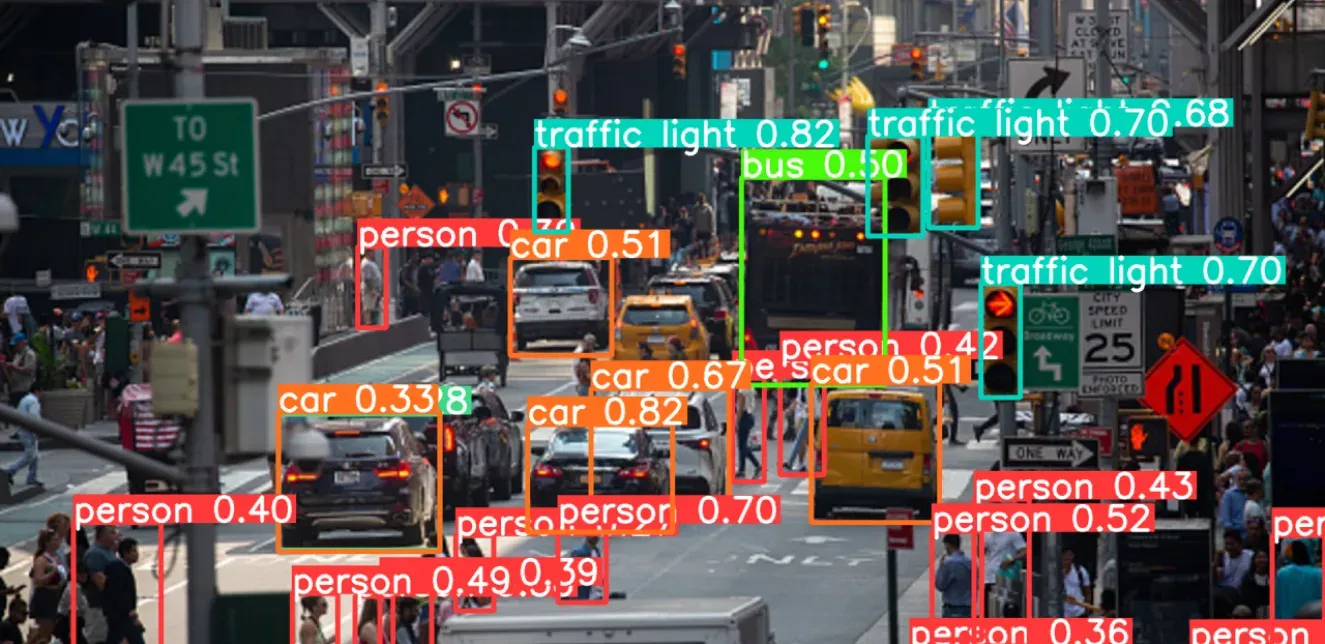With cameras everywhere, video has become one of the most valuable data sources for extracting meaningful insights. Traditional video analytics uses pre-programmed rules for basic tasks like motion detection and image recognition. This manual approach can’t keep up with the growing data load and is time-consuming and error-prone, hindering the ability to extract meaningful information.
This is where integrating artificial intelligence can transform video analytics, automating processes and enhancing accuracy. Using advanced machine learning (ML) and computer vision techniques, AI systems can sift through mountains of footage at lightning speed. These powerful algorithms can recognize objects and activities, track individuals, identify anomalies, and even predict future events – all in real-time.
What is AI-Powered Video Analytics
Video analytics involves extracting valuable insights from video recordings. AI-driven video analytics uses computer vision technology, employing algorithms to autonomously detect, recognize, and track individuals, objects, events, and patterns within visual data. This enables organizations to perform advanced surveillance monitoring and security tasks using computer vision AI-driven video comprehension, reducing the need for continuous human oversight.
Transformative Applications of AI Video Analytics
Real-Time Object Detection: Precision at Your Fingertips
Real-time object detection is one of the major tasks of computer vision in AI video analytics. Some of the most widely used algorithms for object detection in video data are Mask R-CNN, YOLOv3, and YOLOv7.
Facial Recognition: A New Standard for Safety and Convenience
Facial recognition technology in AI video analytics works by using advanced computer vision algorithms to analyze faces captured in video footage. These computer vision algorithms are trained on large datasets of facial images, allowing them to recognize patterns and features unique to each face. Deep learning models, like Convolutional Neural Networks (CNNs), play a key role in this process, as they can effectively learn and identify facial characteristics. When analyzing video feeds, these computer vision AI models extract facial information and compare it to known faces stored in a database. By matching these features, the system can accurately identify individuals in real-time.
In intelligence and security operations, AI video analytics are crucial for enhancing surveillance monitoring and threat detection. Face recognition alerting swiftly identifies individuals in real-time, comparing digital images from video feeds against databases of known or flagged individuals. This enables quick identification and alerts for potential threats or unauthorized persons, bolstering security measures and ensuring public safety.
Object Tracking: The Future of Intelligent Surveillance
Object tracking enables locating and monitoring of moving objects in videos. Deep learning algorithms of computer vision such as CNN, YOLO, and LSTM (Long Short-Term Memory) excel at recognizing objects in each frame. Once identified, the system employs techniques like correlation filters or association methods to connect the object’s appearance across frames, effectively creating a trail for real-time movement monitoring.
Anomaly Detection: Your Shield Against Hidden Threats
AI video analytics for anomaly detection involves using deep learning algorithms like CNN, LTSM, and RNNs (Recurrent Neural Networks) to identify deviations from normal patterns in video feeds, signaling them as anomalies.
AI’s integration into video analytics marks a significant advancement in deriving insights from visual data. Deep learning algorithms of computer vision empowers organizations to automate processes, enhance accuracy, and unveil hidden patterns within extensive video footage. Embracing this technology boosts operational efficiency, improves safety, security, and decision-making capabilities, and reduces the cost of video surveillance and analytics.
To explore how Random Walk can provide your organization with advanced computer vision AI services and seamless AI integration services, contact us today for a one-on-one consultation!






